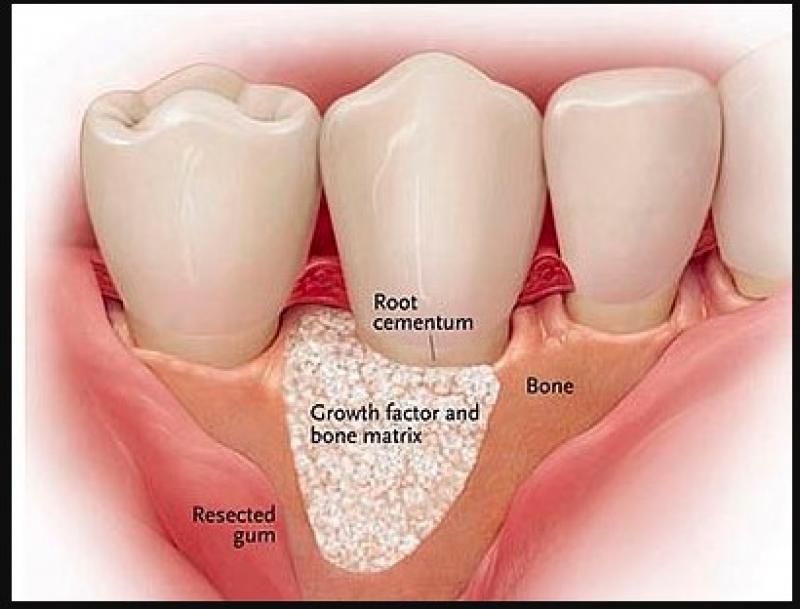The dental bone graft and substitutes market is witnessing significant growth and innovation as dental procedures become more sophisticated and patients demand effective, long-lasting solutions. This blog will explore the latest advancements in this market, highlighting the key trends and technologies that are shaping the future of dental bone grafting.
The Importance of Dental Bone Grafts
Dental bone grafting is a crucial procedure in restorative dentistry. It involves the transplantation of bone tissue or synthetic materials to repair and regenerate bone in the oral cavity. This procedure is essential for various dental applications, including dental implants, ridge augmentation, and sinus lifts. It enables dentists to provide stable and functional restorations for patients with missing teeth or bone defects.
Advancements in Materials
One of the most significant developments in the dental bone graft and substitutes market is the evolution of materials used for grafting procedures. Traditional grafting materials, such as autografts (bone from the patient's own body) and allografts (donor bone), have limitations, including limited availability and risk of rejection. To address these issues, researchers and manufacturers have introduced synthetic bone graft substitutes.
Synthetic graft materials, including hydroxyapatite, tricalcium phosphate, and bioactive glass, are designed to mimic the properties of natural bone. They provide a biocompatible scaffold that supports new bone formation and can be resorbed by the body over time. These materials have become increasingly popular due to their versatility and reduced risk of disease transmission compared to allografts.
3D Printing Technology
3D printing has revolutionized various industries, including dentistry. In the dental bone graft and substitutes market, 3D printing technology is being used to create patient-specific grafts and implants. Dentists can now design and manufacture custom grafts that perfectly fit a patient's anatomical needs. This personalized approach not only improves the success rate of grafting procedures but also reduces surgery time and enhances patient comfort.
Growth Factors and Platelet-Rich Plasma (PRP)
To accelerate the healing process and promote tissue regeneration, dentists are increasingly using growth factors and platelet-rich plasma (PRP) in conjunction with bone grafts. Growth factors, such as bone morphogenetic proteins (BMPs), stimulate the recruitment and differentiation of bone-forming cells, leading to faster and more robust bone formation. PRP, derived from the patient's blood, contains a high concentration of growth factors and is often used to enhance the grafting procedure's outcomes.
Minimally Invasive Techniques
Advancements in surgical techniques have made dental bone grafting procedures less invasive and more comfortable for patients. Minimally invasive approaches involve smaller incisions, reduced trauma to surrounding tissues, and shorter recovery times. This trend is driven by innovations in instruments, imaging technology, and surgical planning software.
Conclusion
The dental bone graft and substitutes market is continuously evolving, with a focus on improving patient outcomes and the overall dental experience. The adoption of synthetic graft materials, 3D printing, growth factors, and minimally invasive techniques are at the forefront of these advancements. As technology and research continue to progress, we can expect even more innovative solutions in the field of dental bone grafting, ultimately benefiting patients seeking dental restorations and oral health improvements.
Read More….
Implantable Drug Delivery Devices Market
